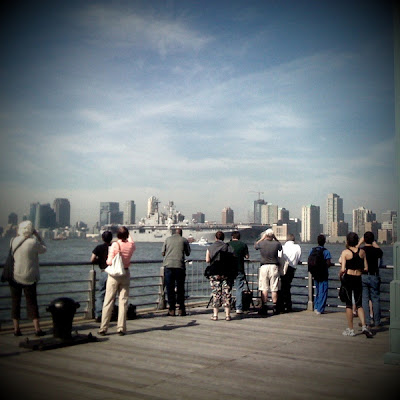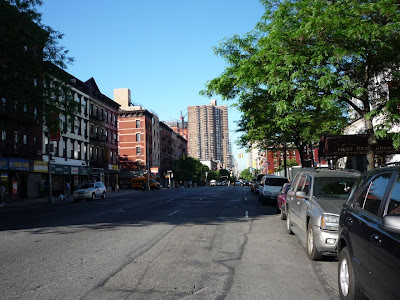Search This Blog
A strolling guide to New York City by writer and photographer Teri Tynes. Active during the years 2007-2021, Walking Off the Big Apple plans new walks away from the city in the summer of 2025.
Posts
Showing posts from May, 2010
Coming this summer 2025
A Hudson River Camino - a cultural and spirit-filled pilgrimage up river.
Cool Plans for a Hot New York Day - A Walk, a Matinee, a Dinner
- Get link
- X
- Other Apps
Three Guide Books to New York City: Online, but a Little Dusty
- Get link
- X
- Other Apps
Vachel Lindsay, Artist and Poet, Walking in New York
- Get link
- X
- Other Apps
June 11, 2025 in Beacon, NY

On a day trip from NYC





